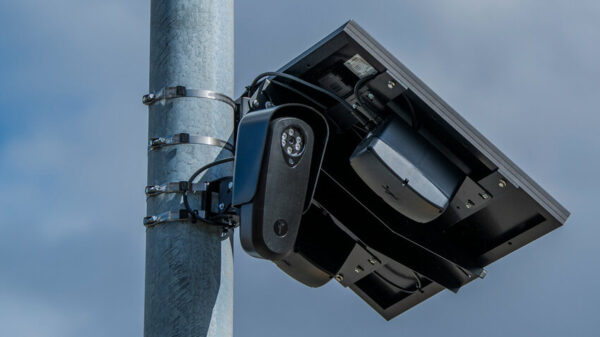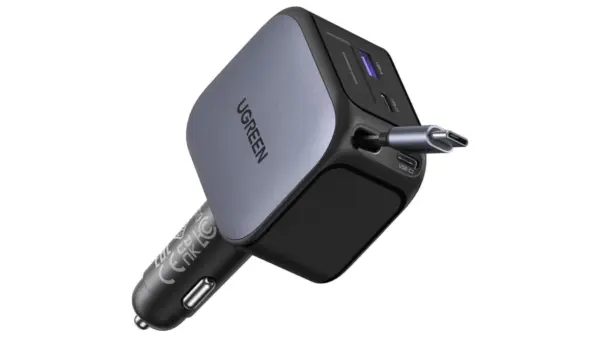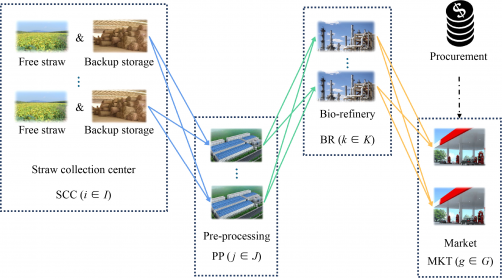Doctors at Michigan Medicine have achieved a groundbreaking medical feat by saving a young child in septic shock, experiencing failure of five organ systems, using a novel device known as the Selective Cytopheretic Device (SCD). Developed by SeaStar Medical, this device was pivotal in a case that has been detailed in the journal Pediatric Nephrology. The child, who had a prior kidney transplant and was undergoing chemotherapy for B-cell leukemia, faced a grim prognosis with only a 5% chance of survival after contracting a severe infection.
Conventional treatments offered little hope, prompting the medical team to turn to the SCD, a device that emerged from research at the University of Michigan over two decades ago. Now FDA-approved for specific applications, the SCD functions by filtering the patient’s blood outside the body, temporarily altering white blood cells to mitigate the excessive inflammatory response that can lead to organ damage during severe infections like sepsis.
The Breakthrough Use of SCD
The decision to use the SCD was fraught with risk, particularly because the child’s white blood cell count was critically low due to chemotherapy, heightening the possibility of exacerbating the infection. Nevertheless, after securing emergency approval, the team proceeded with the intervention. Remarkably, the device not only improved blood cell counts but also restored kidney and liver function, all without significant side effects. Following 38 days in intensive care, the child was weaned off mechanical ventilation and transferred to a general hospital ward. The patient has since been discharged, is off dialysis, and is reportedly cancer-free.
“The SCD therapy won’t just stop the storm but could potentially reverse the damage,” notes the SeaStar website.
Implications for Pediatric Care
The success of this case has spurred interest and adoption of the SCD at other pediatric centers. The device’s ability to alter the course of severe infections represents a significant advancement in pediatric critical care. However, it is important to note that the research backing this device was funded by the National Institutes of Health and private philanthropy, with some researchers holding financial interests in companies linked to the technology.
Dr. Jane Smith, a pediatric nephrologist not involved in the case, commented on the broader implications: “This development could change the paradigm of how we manage septic shock in children, particularly those with complex medical histories. The ability to modulate the immune response without compromising the patient’s overall health is a game-changer.”
Background and Development of the SCD
The Selective Cytopheretic Device’s journey to clinical use is a testament to decades of research and innovation. Initially conceptualized at the University of Michigan, the device underwent rigorous testing and refinement before gaining FDA approval. Its mechanism—filtering blood and modulating white blood cells—addresses a critical gap in the treatment of sepsis, a condition that remains a leading cause of mortality in intensive care units.
Sepsis is characterized by an overwhelming immune response to infection, leading to widespread inflammation and organ failure. Traditional treatments focus on antibiotics and supportive care, but the SCD offers a targeted approach by directly intervening in the inflammatory process.
Looking Ahead
The success of the SCD in this case opens the door to further research and potential expansion of its use across various patient populations. Ongoing studies aim to explore its efficacy in different types of infections and its long-term impact on patient outcomes.
As medical technology continues to evolve, the SCD stands as a beacon of hope for patients and families facing dire prognoses. The device not only offers a new lease on life for those in critical condition but also exemplifies the power of innovation in transforming healthcare.
For now, the child who once had a mere 5% chance of survival is thriving, a testament to the relentless pursuit of medical advancement and the unwavering dedication of healthcare professionals.

































































